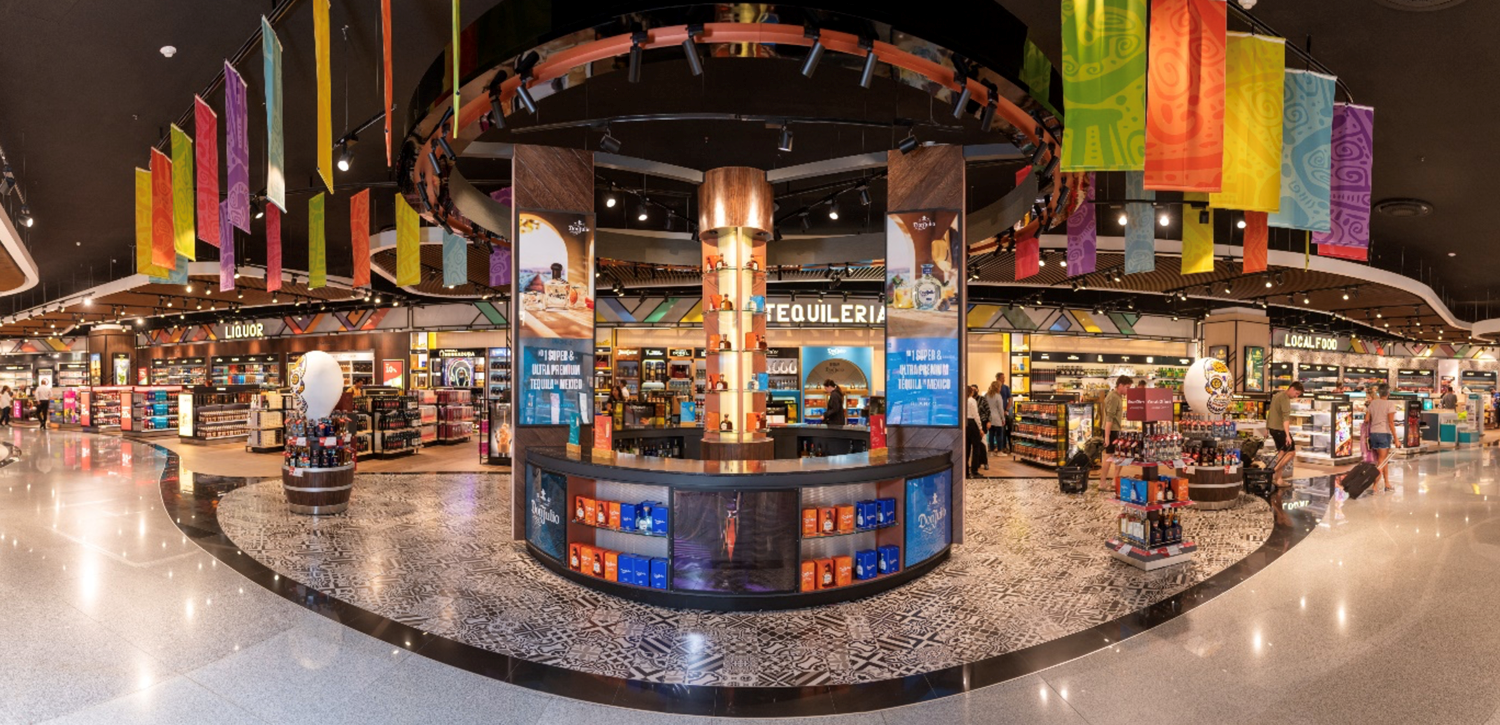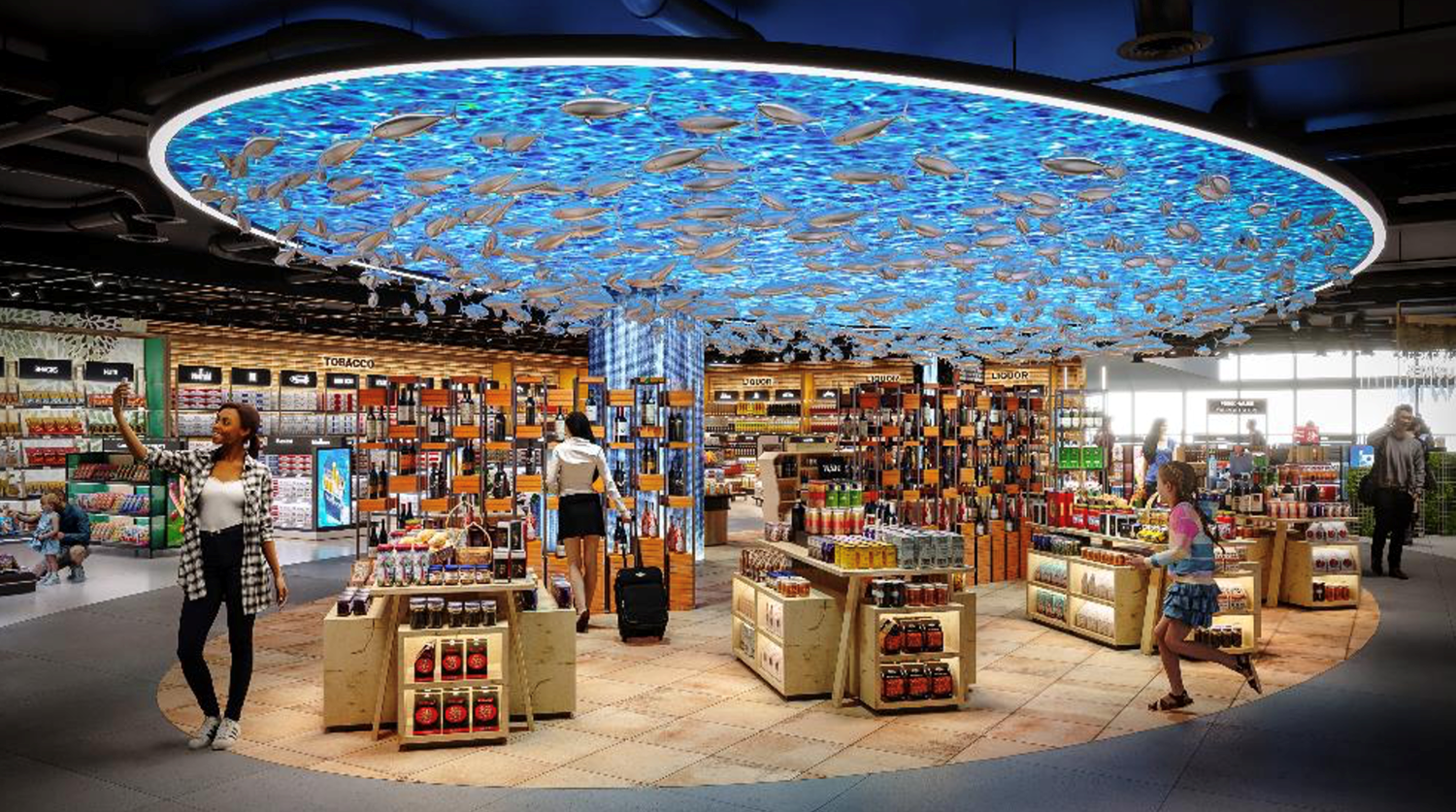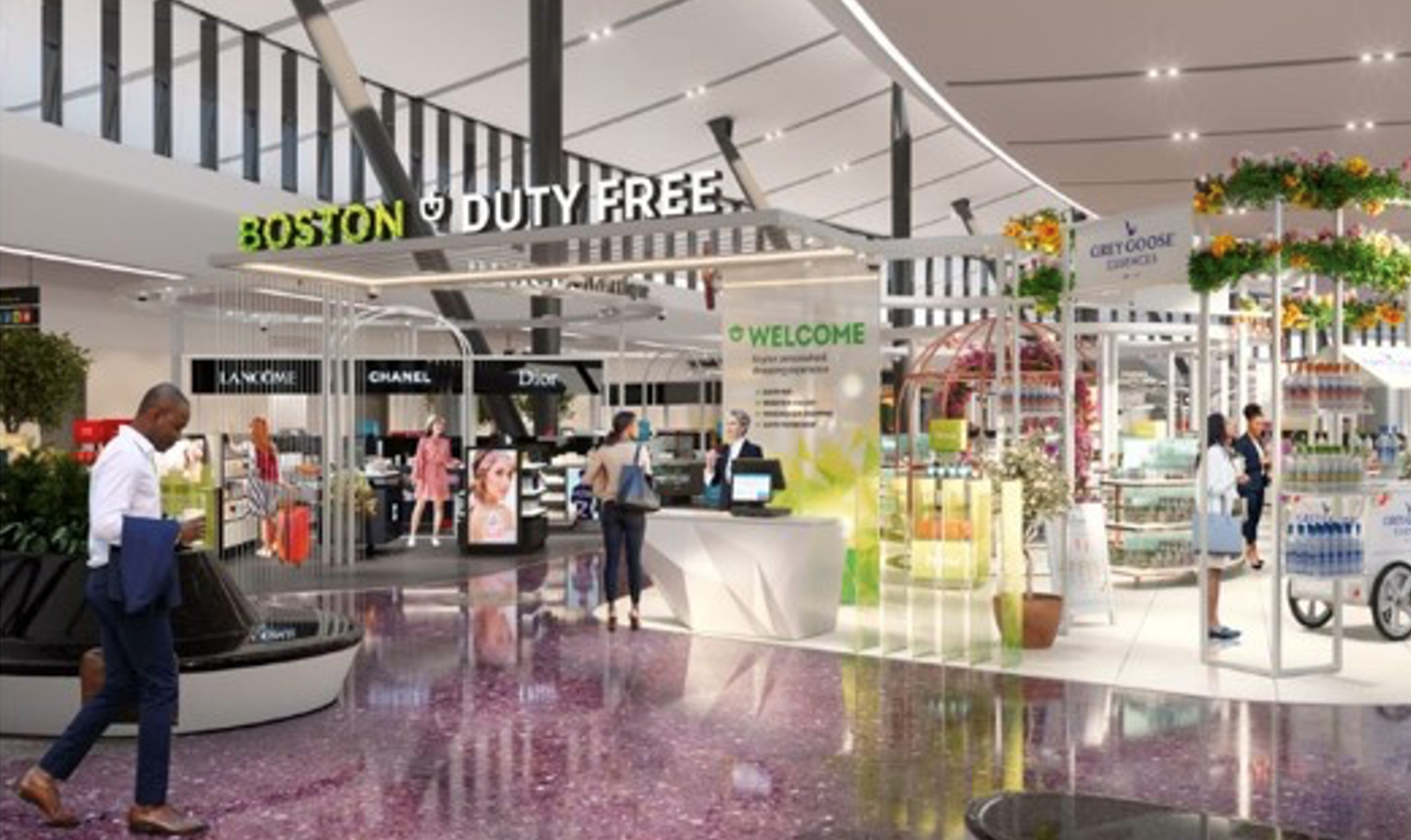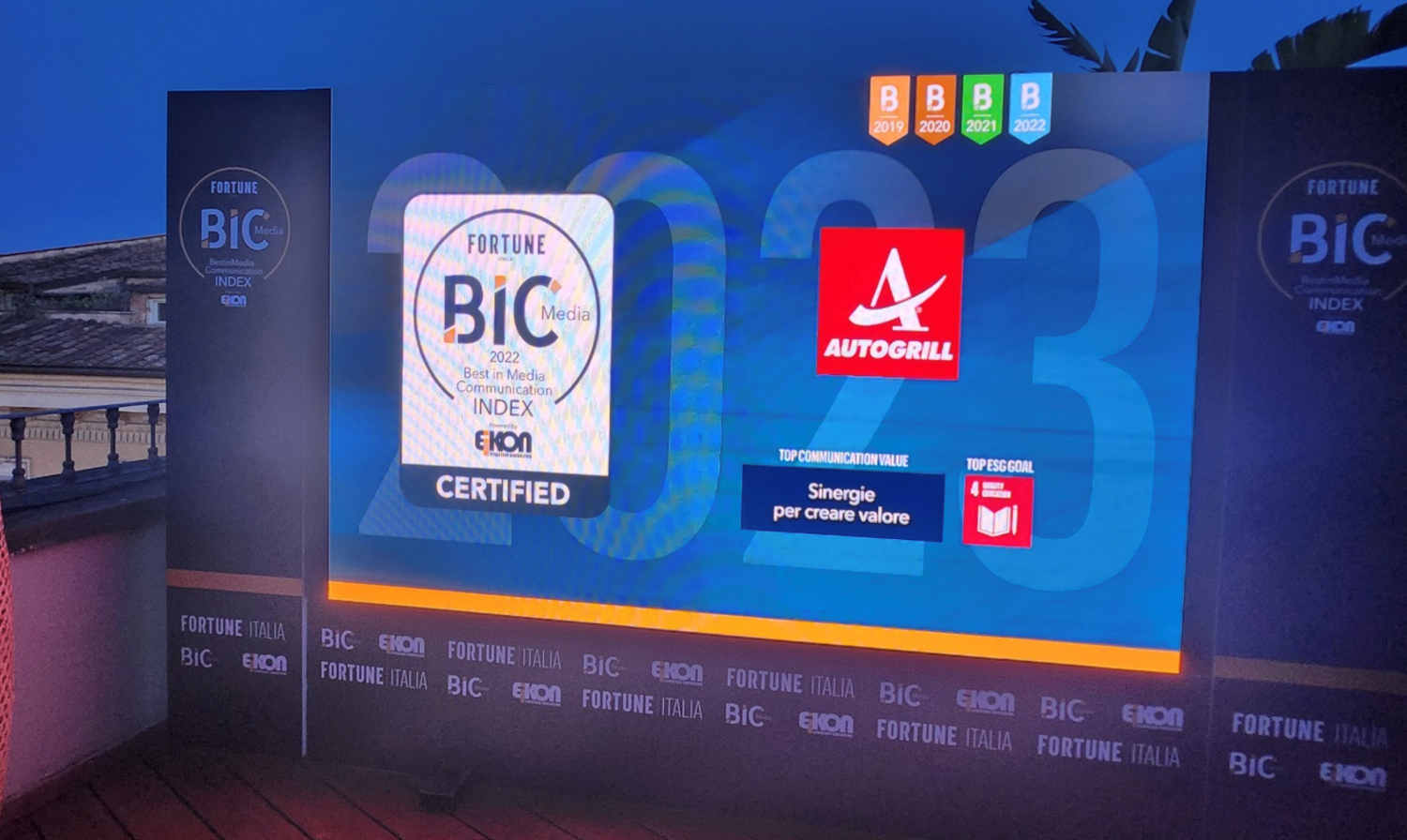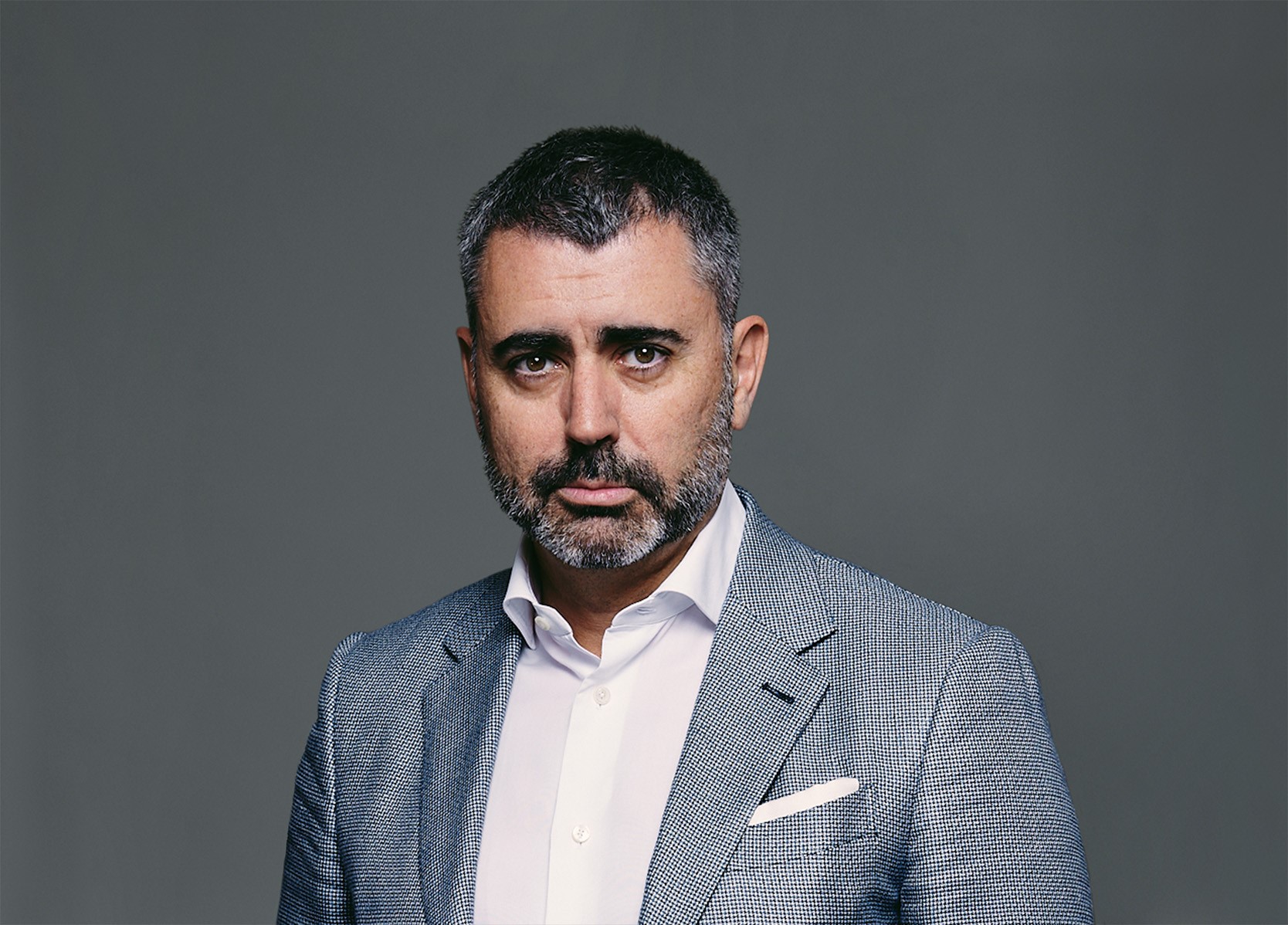Issue 31 - June 2019
Updating Investors on Where Dufry is Heading
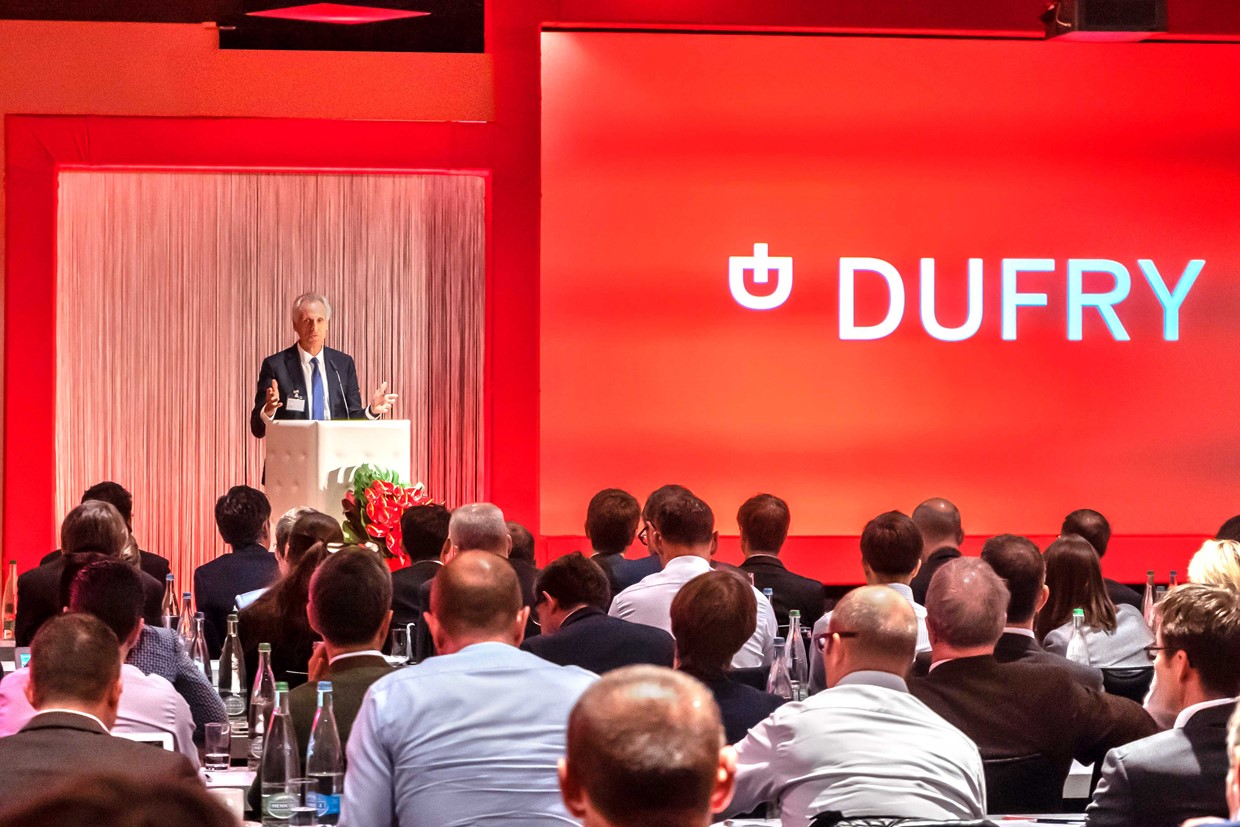
This year’s Dufry Day, held in Zurich on May 15, 2019 and attended by close to 100 Swiss and international analysts, investors and journalists, focused on giving the financial community an update on Dufry’s achievements and the company’s strategic outlook for the coming years. We also took the opportunity to introduce the audience to Dufry’s new KPIs and the reporting implications resulting from the implementation of the new accounting standard IFRS 16, put into force at the beginning of 2019.
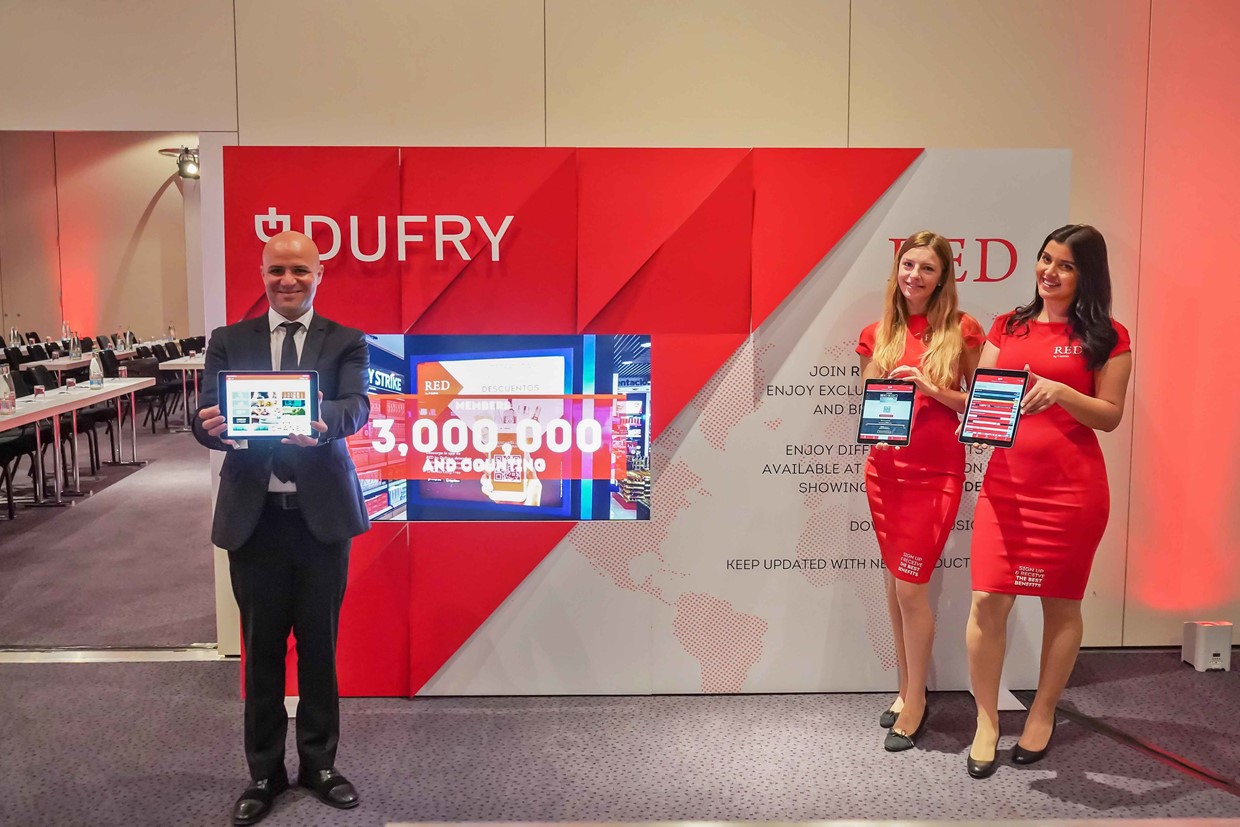
Creating the travel retail industry leader
Julián Díaz set the scene by explaining the four main development phases of the company; 2003–2005 marked the creation of the business model focused on travel retail and the operation of the shops, while at the same time divesting (selling) all activities not relating to the core business of travel retail. This phase also included the initial public offering (IPO), when Dufry’s shares sold for the first time on the Swiss Stock Exchange in 2005. The years 2006–2012 marked the first phase of acquisitions, where Dufry started to implement its diversification strategy named “Global Ambition” and incorporated several important operations based in different parts of the world into its portfolio. Included among these were the Caribbean operation in 2007, Hudson and its duty-paid business in 2008, the merger with Dufry South America in 2010, the acquisition of operations in Argentina, Uruguay, Ecuador, Martinique and Armenia in 2011, and last but not least the inclusion of the RegStaer Group in Russia and Hellenic Duty Free in 2012. The in-depth experience and expertise accumulated with all of these acquisitions and integrations, created the prerequisites to approach the successful execution of the transformational acquisitions carried out in 2013–2015 with the integration of Nuance and World Duty Free, thus creating the new Dufry. The fourth development phase of the company; 2016–2018, focused on defining common values and aligning all employees on how we work, with the implementation of the new Business Operating Model to standardize processes and procedures.
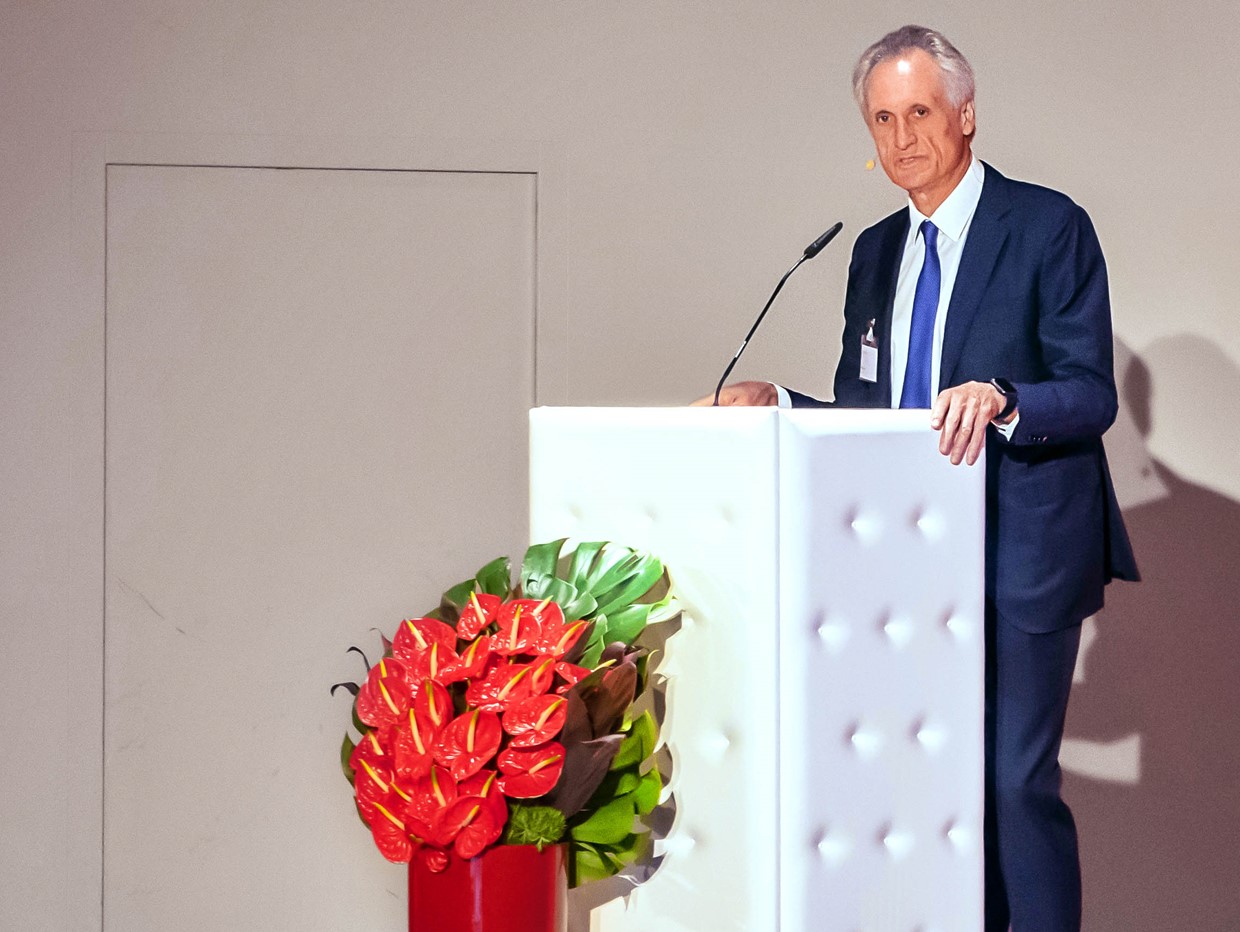)
Launching the next phase of development
Over this 16-year period, Dufry has multiplied EBITDA by 13 and its turnover by 21, and the industry has seen important changes too. New customer profiles, new ways that customers shop and the rise of low-cost carriers, as well as the development of new technologies, have not only impacted the business but much more so our complete way of life – it’s incredible to think that the iPhone was first presented by Steve Jobs on 7 January 2007! Julián Díaz continued his speech by explaining how these changes and the growing importance of the travel retail channel for global brands and landlords will influence the future development of Dufry. He “connected the dots” by explaining how our strategy approaches the new market requirements and customer expectations from the perspective of growth, operational performance and capital allocation. He explained in detail how initiatives such as the digital strategy, the BOM, the Brand Plan, the increased customer focus, etc. are all targeted to provide specific answers and carry out actions to satisfy customer expectations, and further develop the company. To conclude and to reassure the financial community, he summarized the key elements of our strategy and reconfirmed the goals and guidance provided to the financial market on previous occasions.
Achievements and the Evolution of Dufry’s Commercial Model
José Antonio Gea, Deputy CEO, provided the audience with a detailed overview of how Dufry’s commercial model has evolved over time and what we have achieved, before presenting the initiatives we are currently implementing to further accelerate the commercial model and grow the company. In this context, he described how Dufry succeeded in reaching critical mass in the market, transforming from a company with CHF 3 billion in turnover to the industry leader with revenues of close to CHF 8.7 billion. He moved on by explaining how Dufry managed to fully integrate the company after the transformational acquisitions, through the implementation of the BOM and the ONEDUFRY initiative, securing both cultural integration and the alignment of all employees to work with common goals and values. To build the commercial model as it stands today, he focused on four levers; the first two being the BOM and the IOS platform, thus explaining the consolidation from a logistics and commercial perspective. The third lever was the development and setup of the digital strategy with Dufry’s E-motion approach; and the fourth was the acceleration in the development of commercial concepts for alternative channels with a focus on cruise lines, border shops and downtown operations.
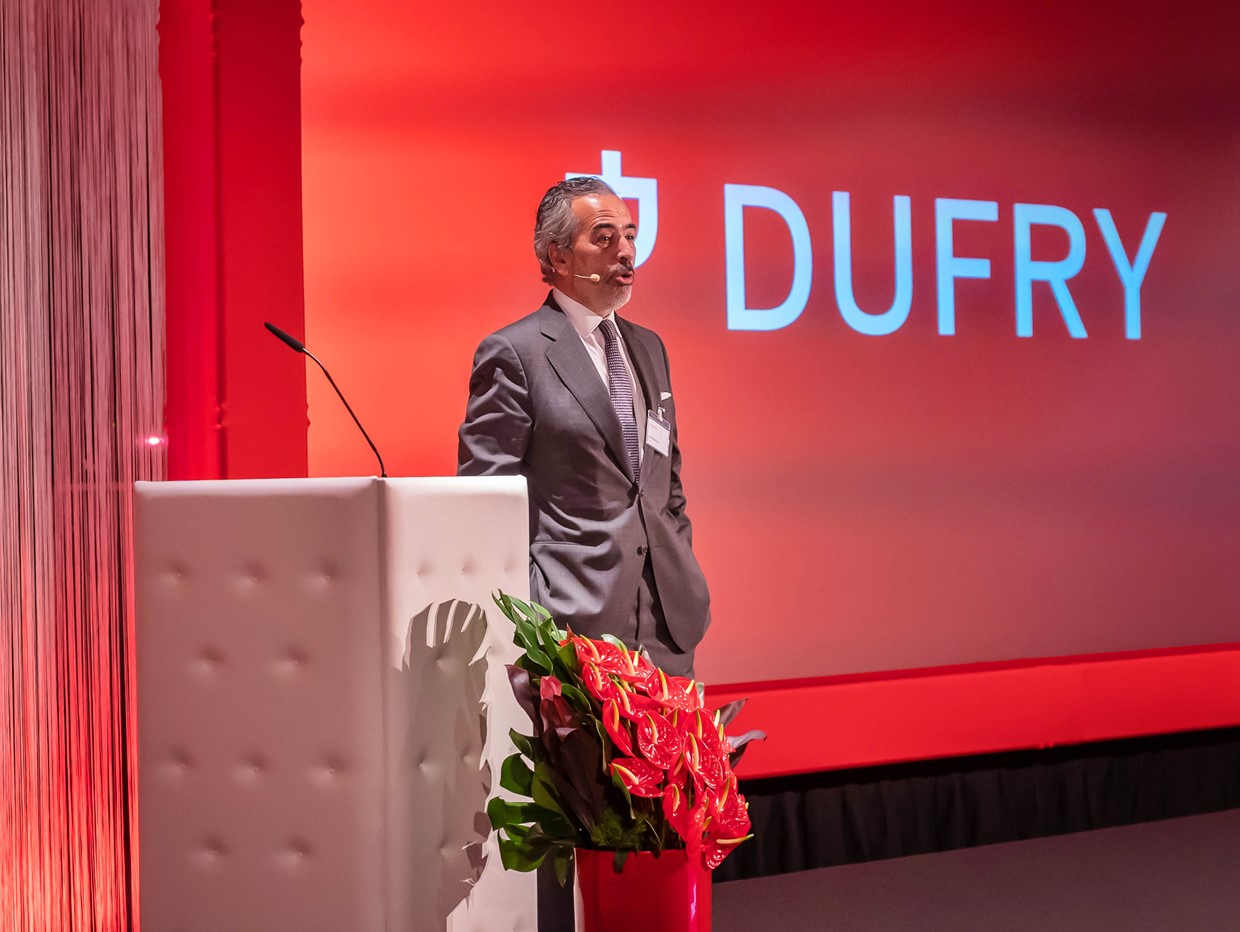)
As an outlook on how Dufry intends to further evolve its commercial model to continue to grow and develop the company, he presented the ambition to reach a One Global and customer-centric model based on four pillars. First to move the integrated IOS platforms even closer to the business, with a focus on establishing a Buyer Executive Committee to further optimize assortment, promotions, novelties, pricing and supply chain. Second, to further improve Dufry’s retail excellence by evolving our staff incentives plan and increase motivation, drive in-store communication and develop the second phase of our New Generation Store, based on the learnings made from the 11 stores of this kind introduced so far. Third, to carry out small and mid-sized acquisitions to leverage our global footprint and organization, as well as access other channels and deliver additional synergies. Fourth – slightly more into the medium- term future –, to expand the value of the travel retail channel, by converting airports into a platform for brands to complement their downtown and e-commerce business.
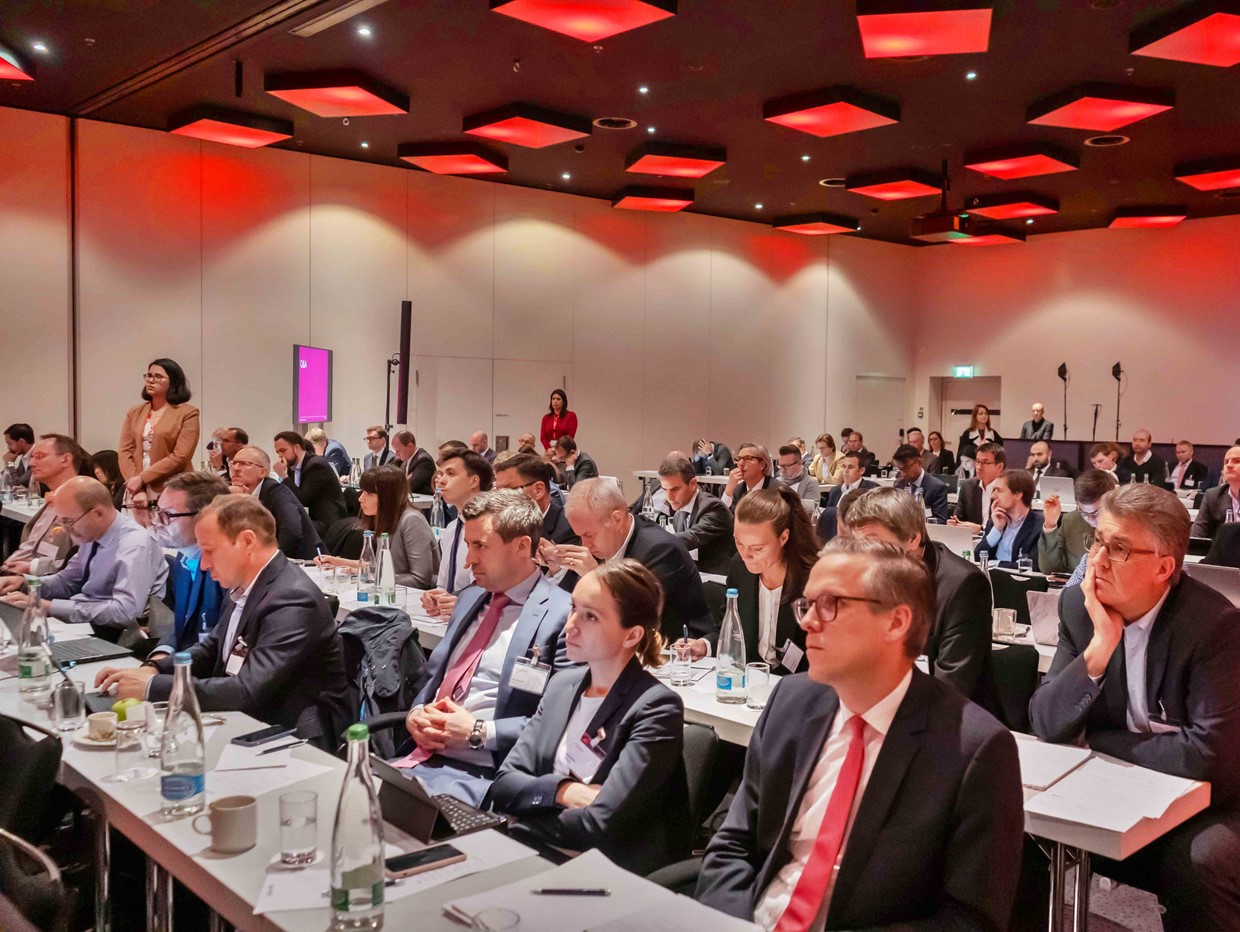)
How E-motion affects our business
Javier Gonzalez, Global Marketing and Digital Innovation Director, gave the financial community an update on how Dufry’s digital strategy and the E-motion initiatives currently affect the business. He first digressed to explain how the current global retail and consumer behavior trends are evolving and what influence this has on the travel retail industry.
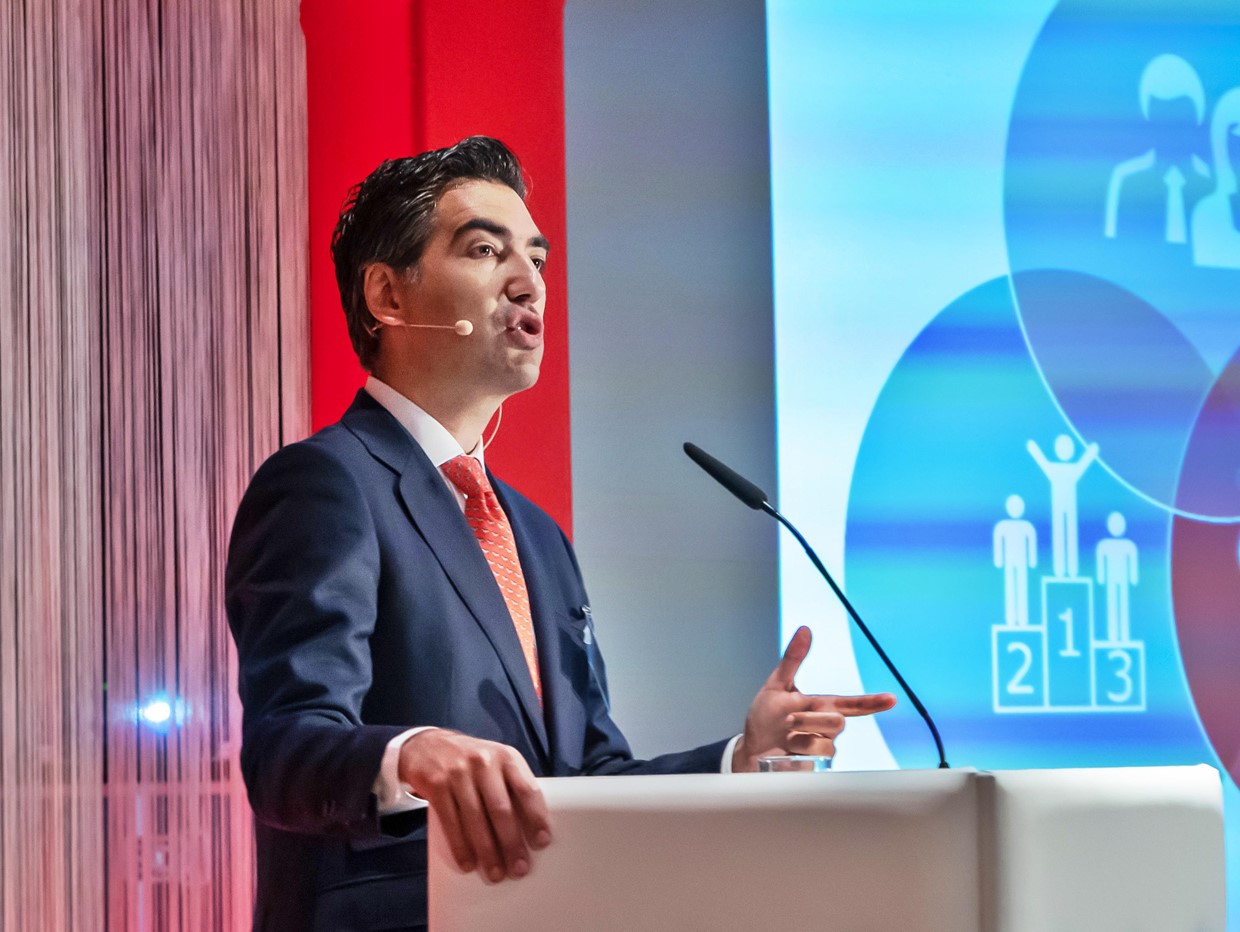)
Two key messages are worth highlighting: first, that online retail is expected to grow to account for 10% of total global retail by 2021, which also means that despite the strong growth of online-commerce, 90% of retail will still be conducted via the traditional retail channels; and second, that the only other channel which is expected to grow, besides online, is travel retail. With changing consumer expectations more and more focusing on experiences, rather than the physical ownership of a certain product, online channels force brands and retailers to adapt their offer to the new reality. While on one hand digital touch points increase the opportunity to easily contact and engage with customers, on the other hand it is becoming more and more difficult for brands to engage physically with customers and to provide them with experiences that add value to the brand’s equity and image. That is why brands strongly invest in the travel retail channel, developing limited editions and exclusivities, launching new products and developing special promotions and activations.
)
Digital drives a seamless customer journey
Javier went on to explain how the individual elements of our E-motion initiative each contribute to create a seamless customer journey, thus becoming a key element of future company growth. After launching the first New Generation Stores in 2017 (currently 11 in operation), the past year focused on setting up a global platform of tools and services including RED by Dufry (now linked to 7% of our sales and deployed in 200 airports).Reserve & Collect (currently available in over 160 airports), the shop tablets (in operation in 70 shops across 31 countries) and Forum by Dufry (al—ready enhanced with 80 brand collaborations).
What we have constructed in 2018, is a scalable digital backbone that allows us to communicate with customers – from the moment they plan their trip until they return home – and that we can further expand in the coming years, and most importantly, continue to develop with the learnings made so far. Going forward, this platform will also allow us to connect with other travel industry players such as airlines, booking platforms, etc., thus extending the reach of our offer.
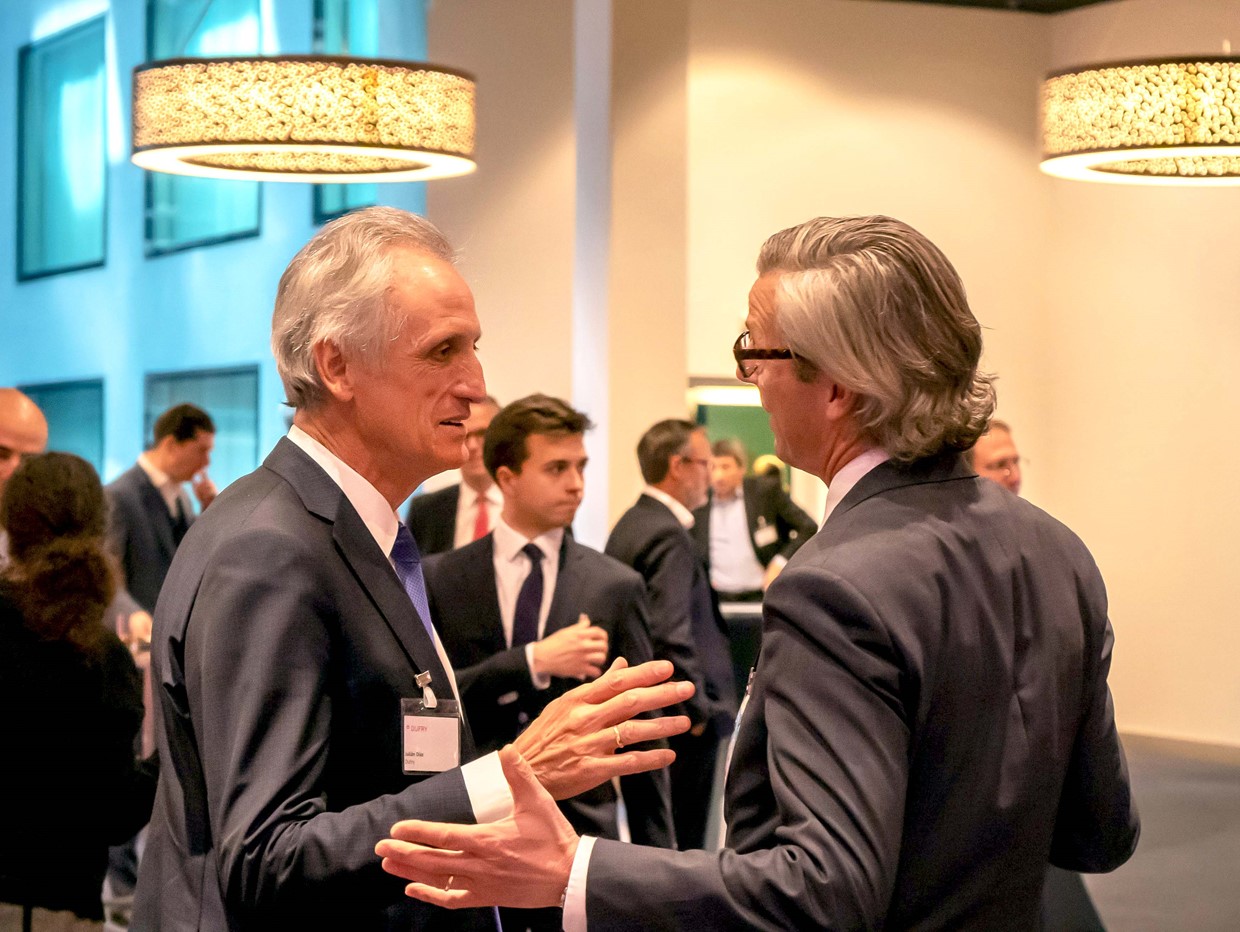)
Moreover, it is already encouraging to see how each of the E-motion tools is affecting our business. Four percent of our sales today generate customer information through RED, which can later be used to develop personalized offers and promotions. Intelligence also shows that RED members spend on average 3.1 times more than customers not using RED. The airports equipped with Reserve & Collect generate more than 90% of the Group’s sales and customers using the pre-order service spend five times more on average. On top of this, our brand partners have used our New Generation Stores to launch more than 400 dedicated campaigns. Considering that the global deployment of these tools has been carried out in just one year, these are impressive and encouraging numbers. The next step will be to drive the interconnection of these tools with other digital platforms across the travel industry, for example linking airline and hotel booking platforms to propagate the reach of our offers, as well as to intensify the use of the customer data gathered, by developing personalized offers.
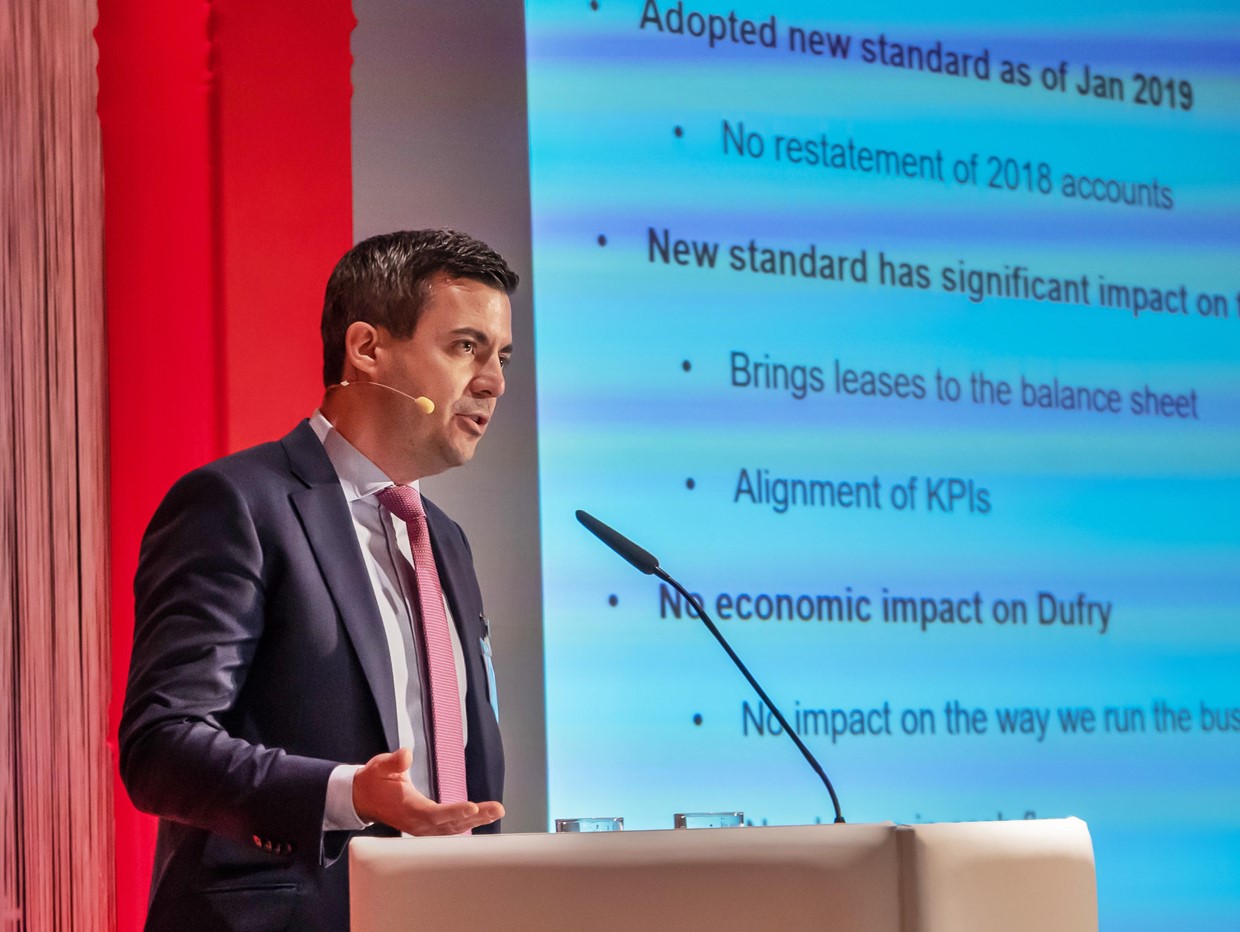)
Introducing IFRS 16
Yves Gerster, CFO, probably had the most difficult task on Dufry Day – i.e. explaining to the audience the introduction of the new accounting standard IFRS 16 and its impact on Dufry’s financials and reporting. Without entering here into a detailed explanation, he basically showed how IFRS 16 changes the way in which concession fees and other leases are accounted for, thus making certain KPIs such as EBITDA obsolete and resulting in a need to redefine how the company’s performance should be assessed. Yves gave the audience a detailed overview of the new structure of both the balance sheet and the profit and loss accounts and introduced the new KPIs that Dufry will use to measure its performance going forward. In this context, the IR team had organized a separate deep-dive workshop on this topic the day before, to train financial analysts covering Dufry, so that they fully understand how the company and its performance can best be assessed.
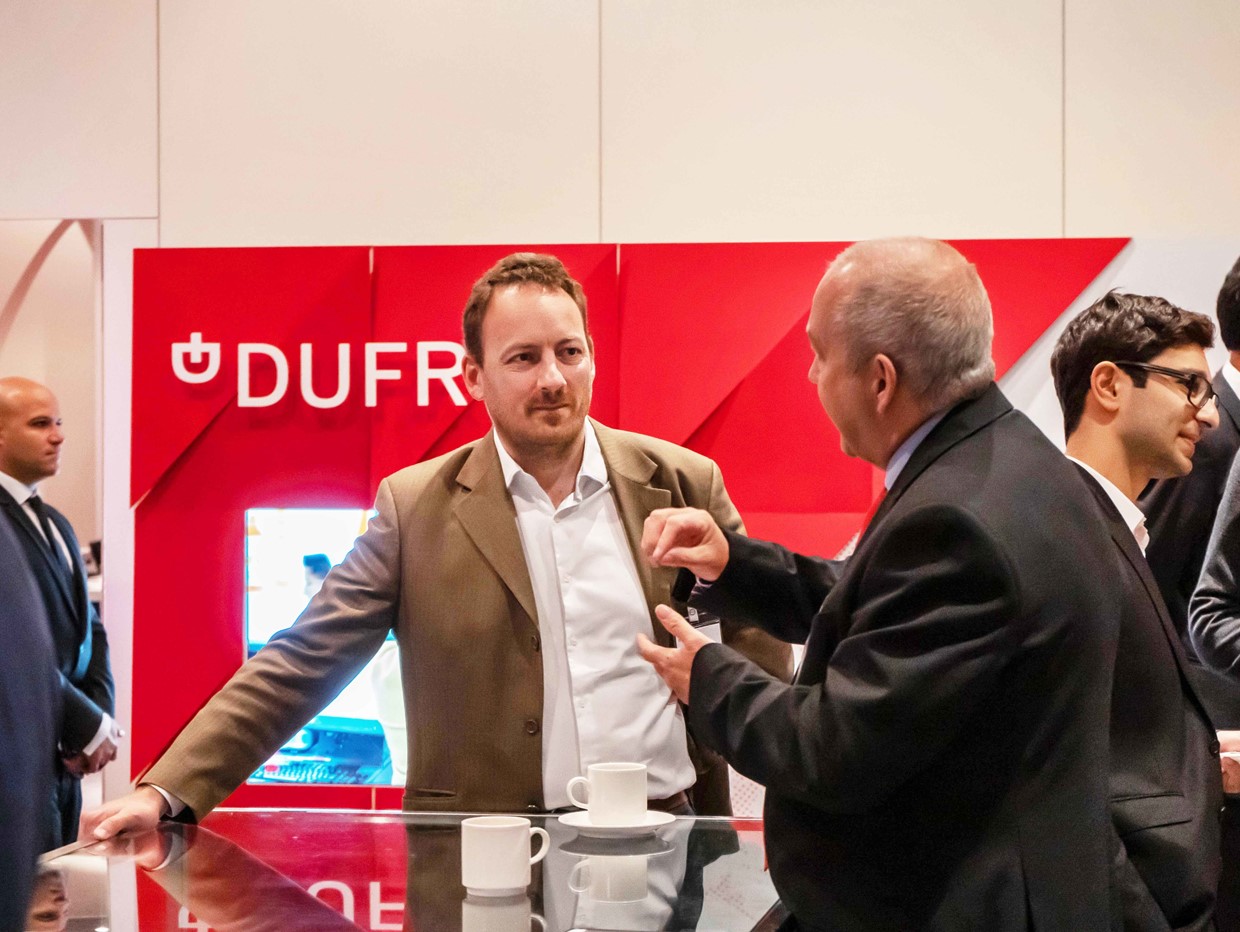)
By Renzo Radice

